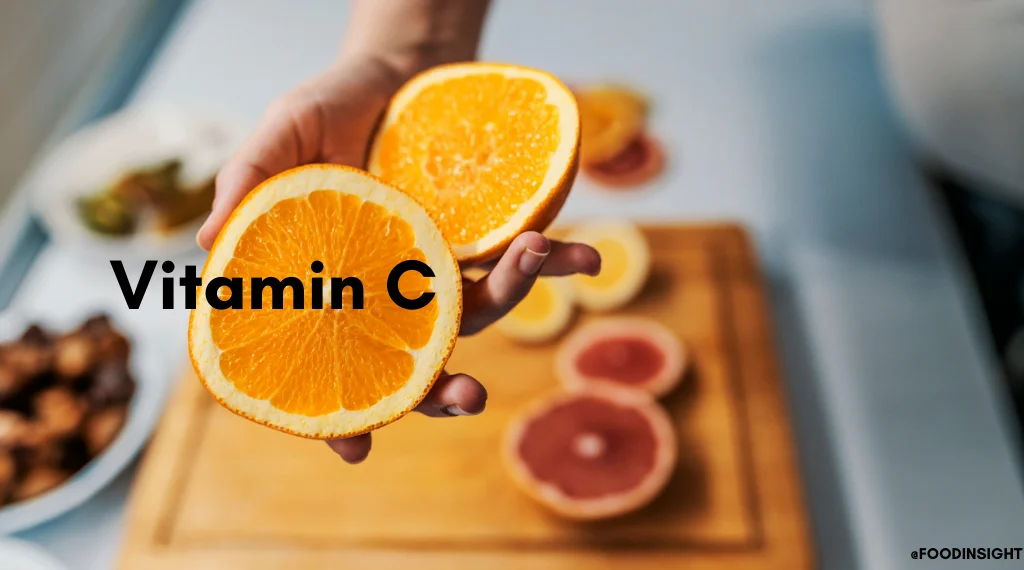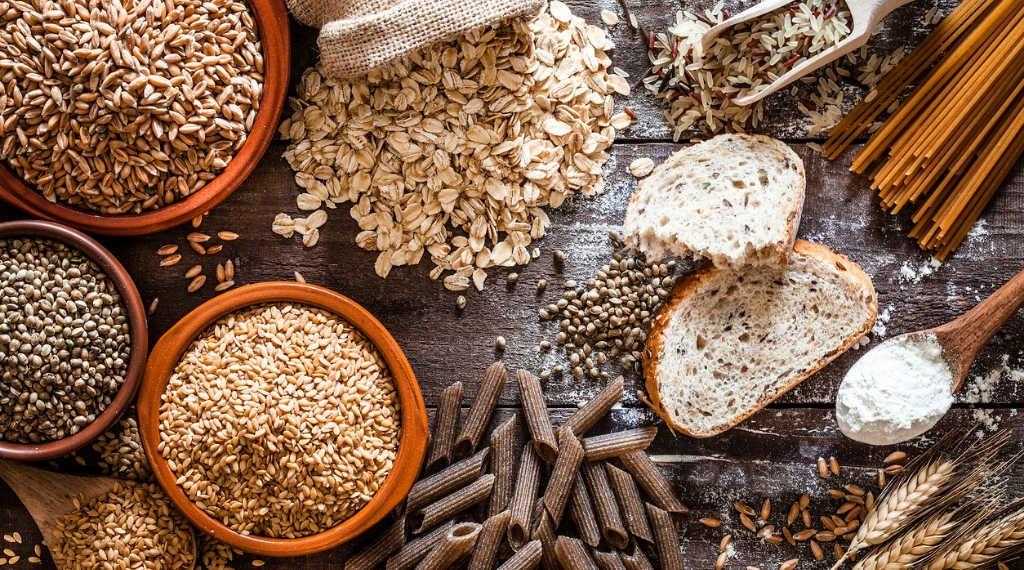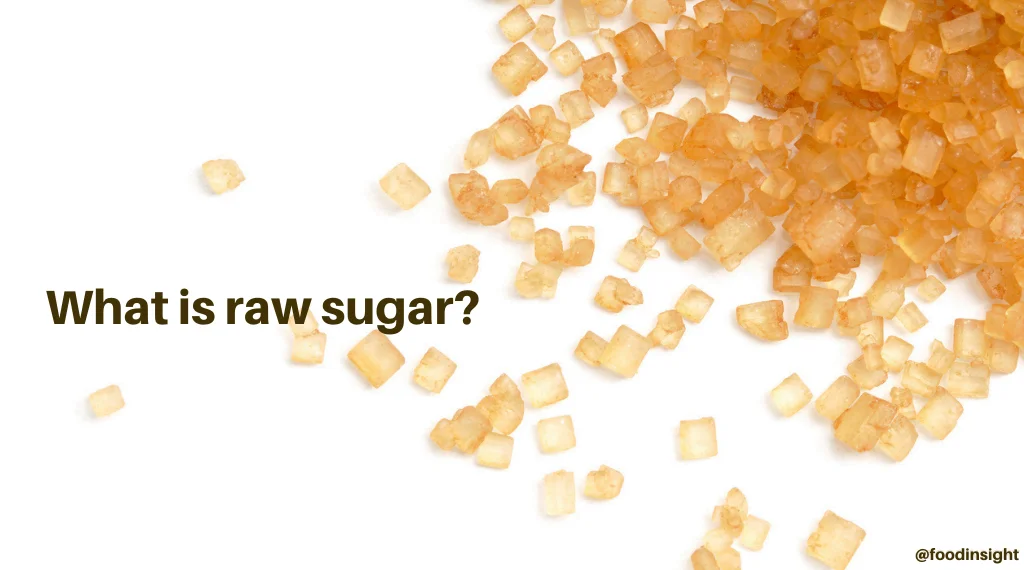
Highlights
- Vitamin C is found in many foods and beverages, and can also be consumed as a dietary supplement.
- A variety of fruits and vegetables contain vitamin C, including citrus fruits and juices, red and green peppers, kiwi, strawberries and cruciferous vegetables. Potatoes and tomatoes also contribute a significant amount of vitamin C to the American diet, since they are commonly consumed.
- Vitamin C plays an important role in immune health and the formation of hormones and chemical messengers in the body. It is a powerful antioxidant, and it also contributes to collagen synthesis, an important process that is integral to maintaining our bone, skin, muscle and ligament structure.
- While observational evidence suggests that people with higher intakes of fruits and vegetables are often at lower risk for many health conditions, vitamin C supplementation used to treat or prevent disease has not shown a consistent benefit for most health conditions.
The Basics
Vitamin C is a water-soluble vitamin found in many foods and beverages, particularly fruits and vegetables and their juices. It is also a commonly consumed dietary supplement. Because of its water-soluble nature, vitamin C is not stored well in the body—therefore, we need to consume it on a regular basis.
Vitamin C plays an important role in immune health and wound healing and is part of the formation of many hormones and chemical messengers used by the nervous system. It is a powerful antioxidant, working to help prevent cell damage that may lead to the development of certain cancers, cardiovascular disease and other health conditions. Vitamin C is also required for collagen synthesis, an important process that helps maintain our bone, skin, muscle and ligament structure.
It has been proposed that taking large doses of vitamin C may help to prevent or treat certain health conditions (see “Vitamin C and Health”, below). However, there is little evidence to suggest a benefit of vitamin C supplementation for these conditions. One reason for this may be that as the amount of vitamin C we consume increases, we tend to absorb less of it, which moderates the amount of the nutrient circulating in our bodies. That is, our bodies absorb vitamin C more efficiently in the amounts found in fruits and vegetables than in the larger doses found in dietary supplements.
Vitamin C and Health
Because of its antioxidant functions and role in immune health, vitamin C has been explored as a treatment or preventive measure for many health conditions – notably, cancer, cardiovascular disease, vision-related diseases like macular degeneration and the common cold. Overall, while observational studies have demonstrated a lower risk of these conditions in people who consume higher amounts of fruits and vegetables, randomized controlled trials (RCTs) have not demonstrated clear therapeutic benefits specific to vitamin C (from either foods or supplements), especially in people who are generally healthy and consume a varied diet.
- Cancer Diets rich in fruits and vegetables are often associated with a lower risk of certain types of cancer. However, the extent of vitamin C’s impact on this association is unclear. RCTs of vitamin C supplementation have not demonstrated benefits, except in some cases of very severe cancer.
- Cardiovascular disease As with cancer, diets rich in fruits and vegetables are often associated with a lower risk for cardiovascular conditions, possibly because of their antioxidant properties. However, most RCTs have not found a preventive or treatment effect of vitamin C on these conditions.
- Vision-related diseases While research is somewhat limited in this area, the available evidence does not indicate that vitamin C reduces the risk of vision disease like macular degeneration or cataracts, two of the leading causes of vision loss in older adults. However, some research suggests that certain vitamin C supplement formulations might slow the progression of macular degeneration.
- Common cold RCTs have found that consuming more vitamin C does not prevent coming down with a cold, but might shorten the duration of the cold and lower symptom severity if taken before the onset of symptoms. Starting to take vitamin C supplements after symptoms have started does not offer a benefit.
Recommended intakes
The National Academies of Sciences, Engineering and Medicine have set dietary reference intakes (DRIs) for vitamin C. These recommended dietary allowances (RDAs) differ by age, life stage (e.g., pregnancy and lactation) and sex (after age 14). There is not enough available research to support an RDA for infants ages 0–12 months, so an Adequate Intake (AI) has been set based on the average vitamin C intake in healthy, breastfed infants. Notably, people who smoke require 35 milligrams (mg) more vitamin C per day than nonsmokers, at least partially because smoking leads to increased oxidative stress.
Table 1. Recommended dietary allowances (RDAs) for vitamin C
| Age | Male | Female | Pregnancy | Lactation |
| 0–6 months* | 40 mg* | 40 mg* | ||
| 7–12 months | 50 mg* | 50 mg* | ||
| 1–3 years | 15 mg | 15 mg | ||
| 4–8 years | 25 mg | 25 mg | ||
| 9–13 years | 45 mg | 45 mg | ||
| 14–18 years | 75 mg | 65 mg | 80 mg | 115 mg |
| 19+ years | 90 mg | 75 mg | 85 mg | 120 mg |
*Adequate Intake (AI)
Table Source: The Health and Medicine Division of the National Academies of Sciences, Engineering and Medicine
Most Americans consume the recommended amount of vitamin C, and cases of vitamin C deficiency or inadequacy are rare. Historically, vitamin C deficiency, commonly known as scurvy, was a common and often fatal condition for sailors on long ocean voyages whose diets included little to no vitamin C. The importance of vitamin C–containing foods for the prevention of scurvy was first discovered in the mid-1700s, when Sir James Lind noted that eating citrus fruits or juices could cure the condition. However, the identification of vitamin C as the specific nutrient needed to prevent scurvy was not made until the mid-20th century.
Certain groups are at a higher risk of vitamin C inadequacy. These include smokers and people exposed to secondhand smoke, people with limited nutritional variety in their diets, those with malabsorptive conditions, and infants who are fed boiled or evaporated milk.
Tolerable upper intake levels (ULs) have also been established for vitamin C, because it is possible to consume too much of it. Overconsumption is most common among people who take vitamin C supplements; it is rare among people who consume large quantities of vitamin C–containing foods. Adverse side effects of overconsuming vitamin C are not typically serious; common symptoms include diarrhea, nausea, abdominal cramping, and gastrointestinal discomfort. These issues subside once a person stops consuming large doses of vitamin C.
Table 2. Tolerable upper intake levels (ULs) for Vitamin C (both food and supplement intakes)
| Age | Male | Female | Pregnancy | Lactation |
| 0–12 months* | Not possible to establish* | Not possible to establish* | ||
| 1–3 years | 400 mg | 400 mg | ||
| 4–8 years | 650 mg | 650 mg | ||
| 9–13 years | 1,200 mg | 1,200 mg | ||
| 14–18 years | 1,800 mg | 1,800 mg | 1,800 mg | 1,800 mg |
| 19+ years | 2,000 mg | 2,000 mg | 2,000 mg | 2,000 mg |
*Formula and food should be the only sources of vitamin C for infants.
Table Source: The Health and Medicine Division of the National Academies of Sciences, Engineering and Medicine
Sources of vitamin C
Vitamin C is found in a variety of fruits and vegetables, including citrus fruits and juices, red and green peppers, kiwi, strawberries and cruciferous vegetables like broccoli, cauliflower and brussels sprouts. Potatoes and tomatoes, though not as high in vitamin C as other fruits and vegetables, contribute a significant amount of vitamin C to the American diet, since they are commonly and frequently consumed. Vitamin C can also be added to certain foods and beverages in a process known as fortification.
The amount of vitamin C in food decreases with prolonged storage and certain cooking conditions. Since it is a water-soluble vitamin, cooking vitamin C–rich foods can cause the vitamin to leach out into the cooking liquid, lowering the amount in the cooked food. Vitamin C also is inactivated by heat; as such, raw fruits and vegetables are usually the best sources of vitamin C compared with their cooked counterparts.
Vitamin C improves the absorption of non-heme iron, which is the form of iron commonly found in plant foods, so it is often recommended that foods rich in non-heme iron—like whole grains, nuts, seeds, legumes and leafy greens—be consumed alongside vitamin C–rich foods or beverages.
Table 3. Food sources of vitamin C
| Food | Serving size | Vitamin C content (mg) |
| Red pepper, sweet, raw | ½ cup | 86 |
| Orange | 1 medium | 82 |
| Broccoli, cooked | ½ cup | 79 |
| Grapefruit juice | ¾ cup | 71 |
| Orange juice | ¾ cup | 62 |
| Green pepper, sweet, raw | ½ cup | 60 |
| Brussels sprouts, cooked | ½ cup | 58 |
| Kiwi, raw | 1 medium | 56 |
| Strawberries, raw | ½ cup | 44 |
| Potato, baked | 1 medium | 36 |
| Cauliflower, cooked | ½ cup | 33 |
| Tomato, raw | 1 medium | 12 |




